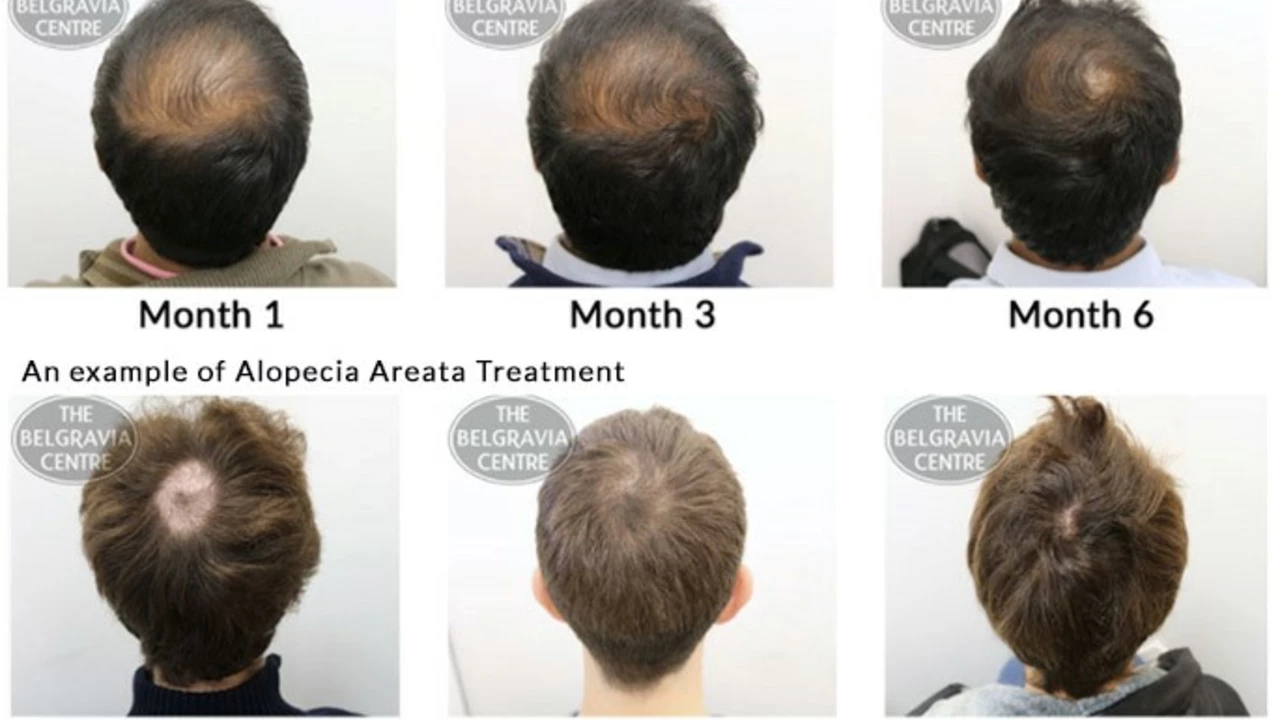Alopecia: practical help for hair loss you can use today
Losing hair feels personal. Some shedding is normal, but when you notice thinning, bald patches, or a sudden change, it pays to act fast. Alopecia is the medical name for hair loss. It covers different problems—from male-pattern baldness to autoimmune patchy loss—and each one needs a different approach.
Common types you’ll hear about: androgenetic alopecia (male or female pattern), alopecia areata (patchy, immune-related), telogen effluvium (stress or illness-triggered shedding), and traction alopecia (from tight hairstyles). Causes include genetics, hormones, thyroid problems, nutrient gaps, certain medicines, high stress, and chemotherapy. Not all causes are permanent; many are reversible if you find and treat the trigger.
How doctors figure it out
A quick exam and some simple tests usually point the way. Dermatologists look at your scalp, ask about family history and recent life events, and may do a pull test or bloodwork (iron, thyroid, vitamins). If results are unclear, a small scalp biopsy can help. Don’t guess—if hair loss is sudden, patchy, or comes with skin changes, see a pro. Early diagnosis makes treatments work better.
Practical treatments that work
Start with options backed by years of use. Topical minoxidil (OTC) helps many people and can show results in 3–6 months. It works for both men and women but needs ongoing use. Finasteride is a prescription pill that reduces male-pattern hair loss; it can be effective but has possible sexual side effects and isn’t for women who are pregnant or trying to get pregnant.
For alopecia areata, topical or injected steroids can stop immune attacks and trigger regrowth. Older or stubborn cases may respond to immunotherapy, JAK inhibitors, or PRP (platelet-rich plasma). Hair transplant surgery is a long-term option for stable pattern baldness. Wigs, toppers, and styling tricks are practical while you’re waiting for regrowth or deciding on medical steps.
Patience matters: most medical treatments need months to show change. Track photos every 4–8 weeks so you can see real progress.
How to buy hair-loss products safely online
If you shop online, use licensed pharmacies and demand a prescription for Rx meds. Look for clear contact info, verified patient reviews, and secure checkout. Beware of sites that sell prescription drugs without asking for a prescription or offer miracle cures. Generics like minoxidil and finasteride can save money, but make sure packaging and expiry dates are clear. Check shipping policies, returns, and privacy rules before you buy.
Finally, pair any medical treatment with basics: enough protein, iron and vitamin D checks, gentle hair care, less heat and tight styles, and stress steps like sleep and short walks. If hair loss is sudden, patchy, or causing you worry, make an appointment with a dermatologist rather than waiting. Quick action often makes the biggest difference.

